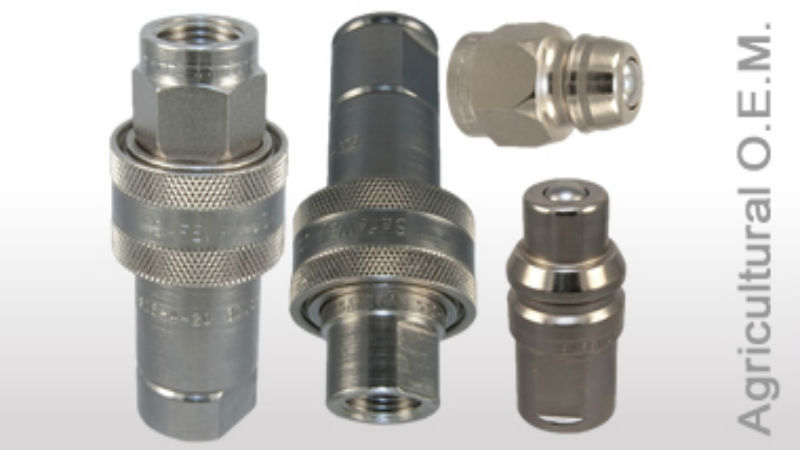Abrasive blasting is the process of propelling a large volume of small, abrasive particles at a high velocity with the energy provided by a powerful air compressor. While abrasive blasting has a number of applications, operators must be careful to practice their jobs safely since some of the abrasive particles used for blasting can cause serious health conditions.
The Dangers of Silica Sand
According to the Centers for Disease Control, more than 1 million Americans are at risk to develop silicosis, a lung condition caused by the inhalation of silica sands often used during abrasive blasting. More than 100,000 of these million workers at risk are sandblasters.
Natural Media Not Without Risk
In other cases where less abrasive materials are used for jobs requiring a milder form of blasting (buffing or preparation for other manufacturing processes), natural blasting materials like corn husks or walnut shells are utilized as blasting media. The inhalation of these products also carries a number of risks. For example, those with allergies to these materials can suffer from anaphylaxis if exposed to dust particles in the air.
A Safer Alternative
Plastic media blasting offers a solution for operations looking to utilize a type of abrasive blasting for automotive or aeronautic stripping projects. Unlike other types of abrasive media which pose a number of health risks, plastic media causes no such reason for concern. While there are still safety considerations to be taken seriously during the practice of plastic media blasting, these safety concerns are based more around the risk of physical injury rather than the inhalation of harmful materials.
In order to avoid the possibility of injury during plastic media blasting, Airblast AFC offers custom-made blast rooms suitable for your needs. Engineered for quality, safety, and longevity, these plastic media blast rooms are designed specifically with the properties of plastic media blasting in mind.






